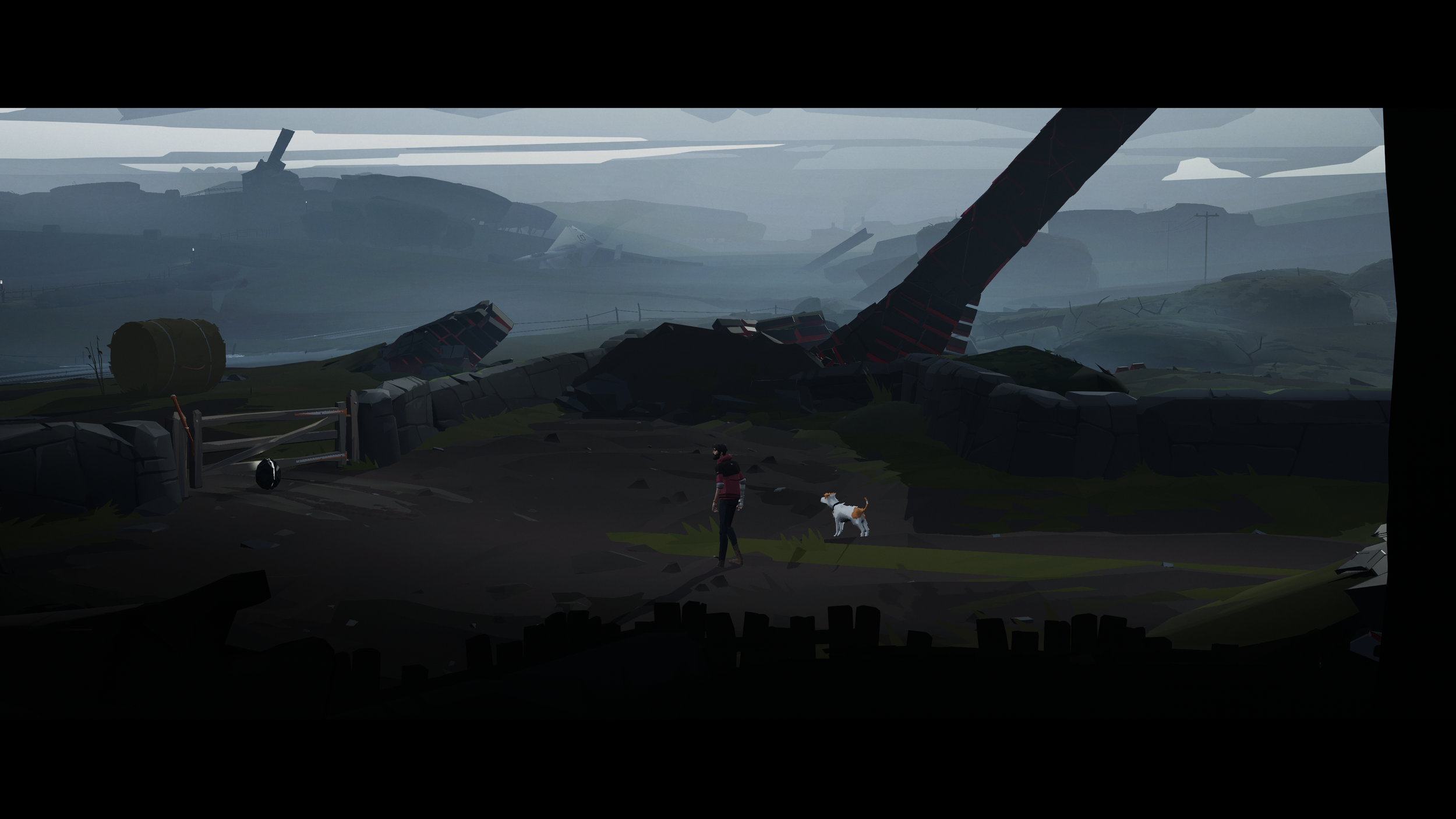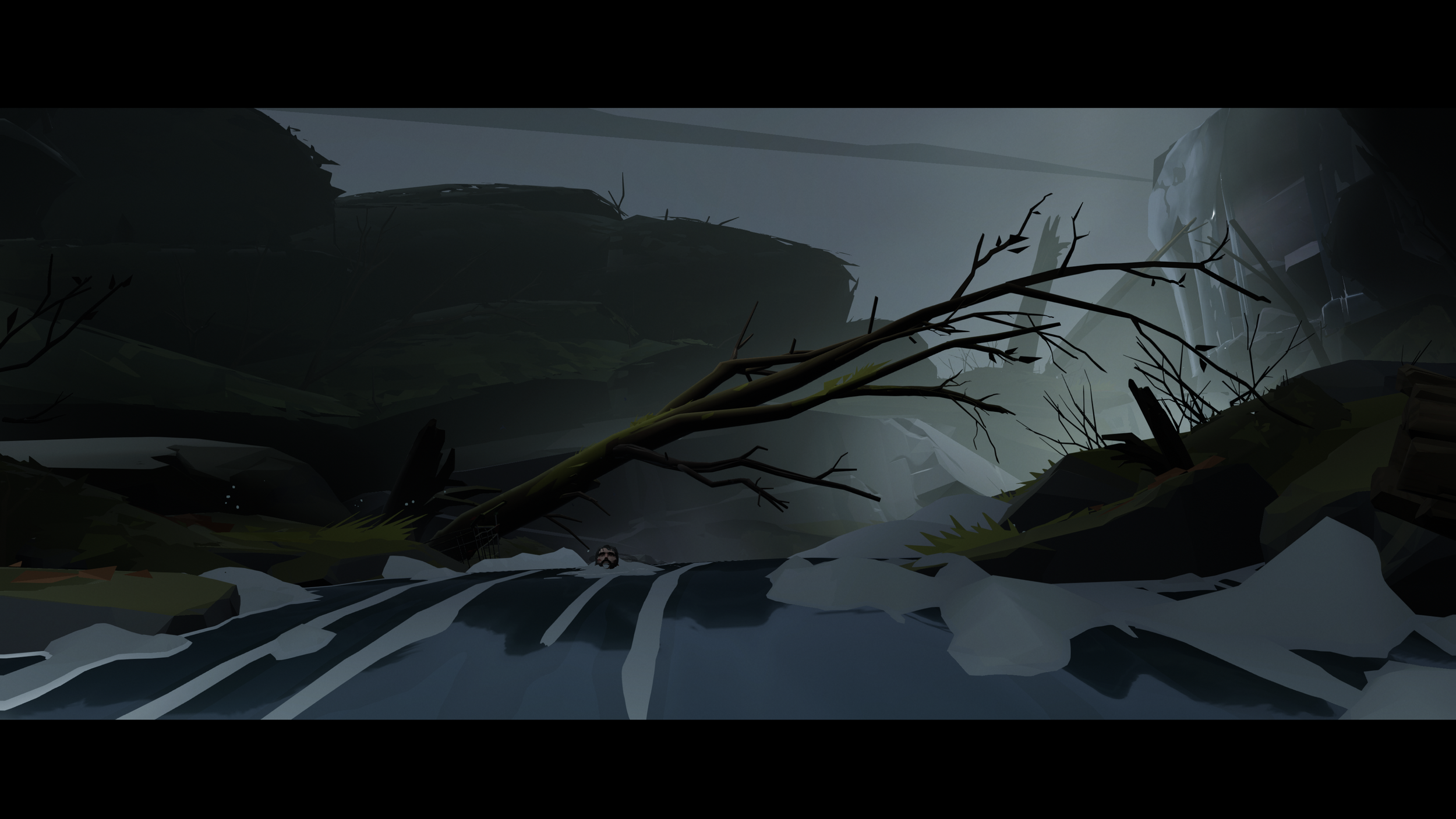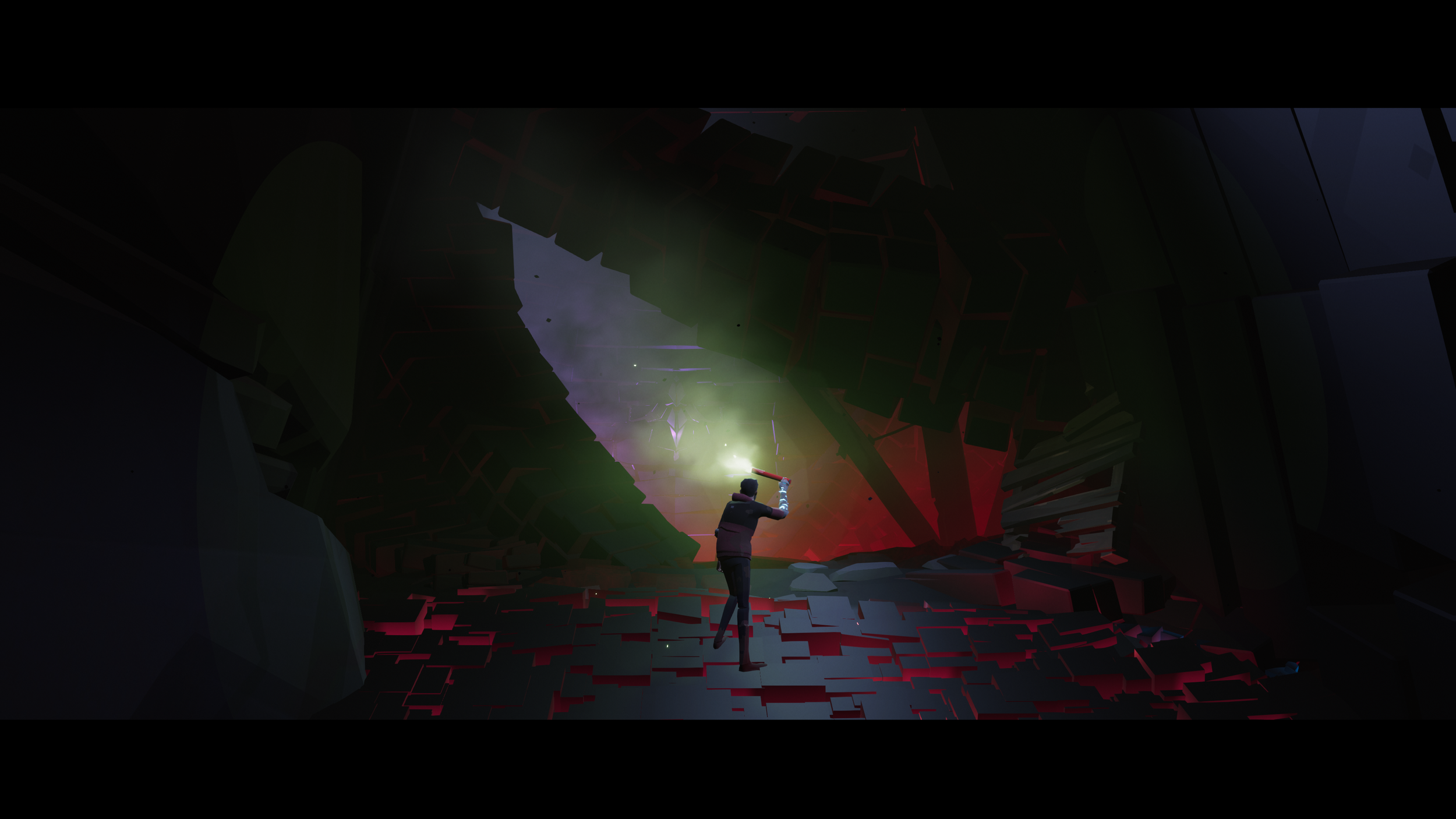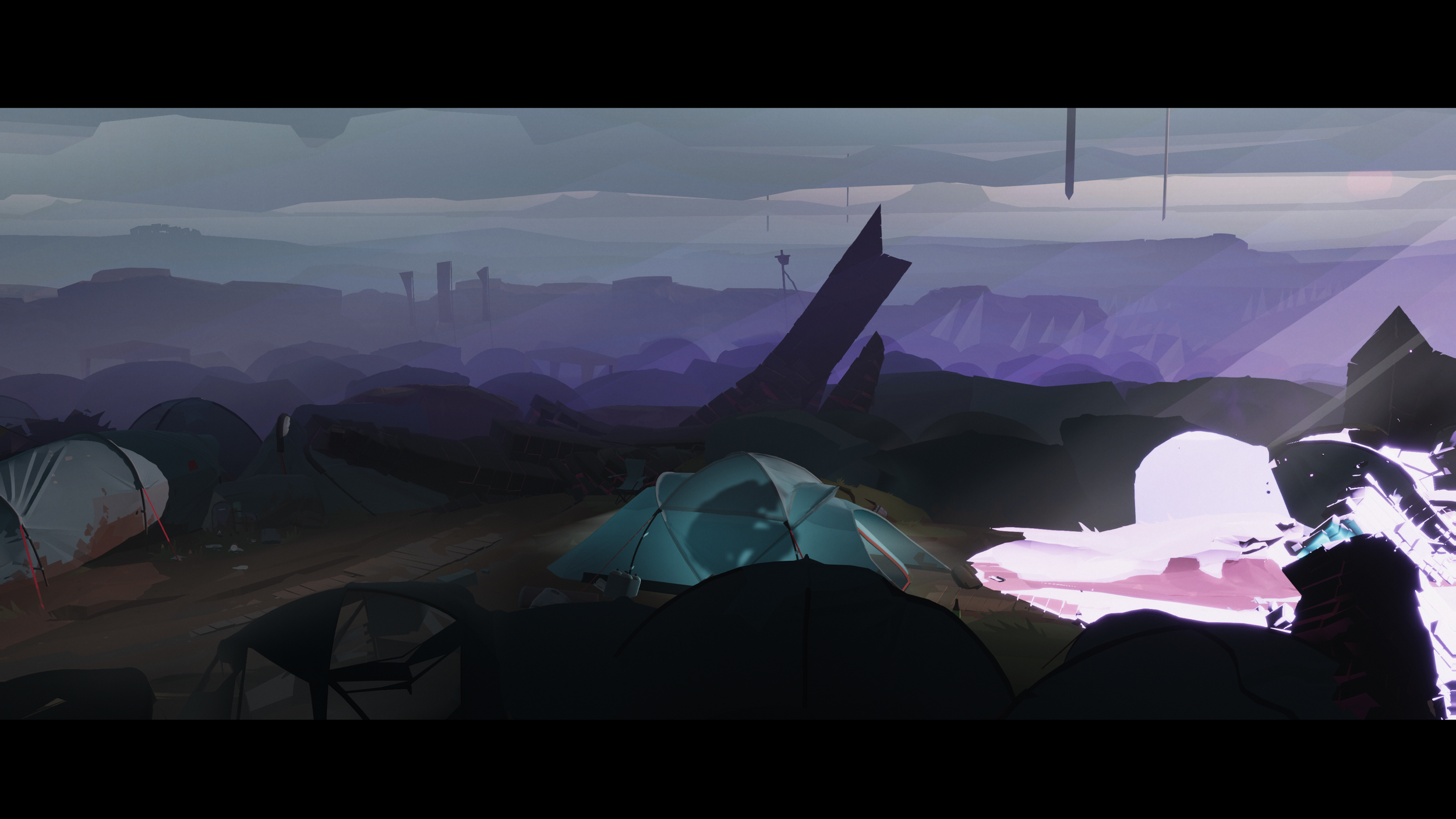Somerville (PC Game Pass) Review
Somerville puts one man in a destroyed world as he looks for his lost family.
An intriguing first IP from a new indie studio
Fans of indie and smaller, artistic-style games likely know of the titles Limbo and Inside. These games made their marks due to their atmospheric storytelling and unique art style, all while containing zero dialogue to drive the story. In Somerville, players can see those inspirations and similarities, due in part to the influence of Dino Patti, formerly the co-founder of Inside developer Playdead. Patt and the team at Jumpship have brought their inaugural IP to players in a bite-sized sci-fi adventure. Somerville proved to be engrossing and intriguing, with a story that didn’t quite blow me away but felt effective nonetheless.
Somerville tells the story of an unnamed family in their rural home. This family is enjoying a quiet night when suddenly the world faces a violent alien invasion. After an encounter with a downed human wielding advanced technology, the father awakens from being knocked unconscious and sets out to find his missing family. The father’s journey includes gaining powers over the alien structures and tech that block his way, either being able to manipulate light to disintegrate walls or send out blasts to harden them. Along the way, the man must avoid alien forces that seek to capture him.
Light is your friend for traversal in Somerville.
Taking quick glances at this game, one could almost mistake the art style of Somerville as being pixelated, like a retro-inspired console title. The color schemes in this game have a form of synthwave contrast, especially the primary colors of blue, red, and purple that stand out in the environments. In actuality, this game has a similar art design to its spiritual predecessors. Characters and environments are 3D-modeled and colored in a way that stands out on the palette. Levels always seemed to contain a variety of scenery to observe, some of it explorable. I found most of the storytelling happening in the environments and their barren destruction. From a concert stage assembled to an empty, devastated farm field, one could make inferences as to what kind of lives were destroyed during this alien attack.
Gameplay controls involve little more than navigation and interaction mechanics. Players walk, climb and swim through 14 chapters. Puzzle mechanics are introduced when the players have to interact with the alien materials and structures in their path. Somerville does a great job of facilitating manipulation of the environment seamlessly. Melted alien blocks magnetize to the player in real-time. Strands and strings of lights are easily moved around stone and trees. I rarely had trouble finding my next step or item to investigate, as most items were marked with a solid color for identification. The occasional issue arose with somewhat twitchy interaction controls on things like switches and door latches, but it never blocked me from finishing a puzzle. Of course, the most important thing to note is your dog companion, and yes, you can pet the dog.
Players must hide and sneak to survive.
Audio and music are both very subtle in Somerville. With the exception of areas that have chases or action, the music is either non-existent or very low. This helps the atmosphere of the levels, as players are made to feel a sense of calm and emptiness after an incredibly traumatic battle. The audio design helps make the world feel alive and solemn all at once. At times I felt as if my character was perhaps the last human on the planet as he tried to hide from its alien invaders. This is another similarity that Somerville shares with Limbo and Inside.
While I found the game kept my interest through its 4-hour story, I can’t quite declare this game to be impactful. This is the tricky dichotomy with no-dialogue storytelling: developers give more responsibility to the setting and gameplay to tell the story, but with no dialogue, it can be hard to give gravity to the characters and their situation. Playing this, I felt like I was watching a short film that generates casual conversation. However, I did feel the story ramp up close to the end, and I felt satisfied by the time I rolled credits. In terms of replayability for me, Somerville feels like one I’d play again to collect achievements and then revisit if I want a quick and cozy weekend experience.
Survivors are few and far between.
Somerville is a strong IP for Jumpship to begin their portfolio. I really enjoyed the visuals and setting in this game. Though the game was more puzzle-solving and walking than action-packed, my attention was held the entire time. I’d like to have seen more agency and power given to the main character because I felt that this setting and narrative had great potential for really cool sequences. However, I feel like this 4-hour experience is just enough to make a fun game to change up any monotony in open-world AAA experiences.
SCORES
GAMEPLAY - 7.5/10
VISUALS - 9.5/10
SOUND - 8/10
CONTROLS - 7/10
REPLAY VALUE - 7/10
OVERALL - 7.8/10
Somerville is available on Steam, Epic Games, and on Game Pass. All screenshots were natively taken from the reviewer’s playthrough.













On a path that will ultimately result in his own destruction, James Savage takes on his vampiric ex-girlfriend Draculae in El Paso Elsewhere, a moody neo-noir action shooter from Strange Scaffold.